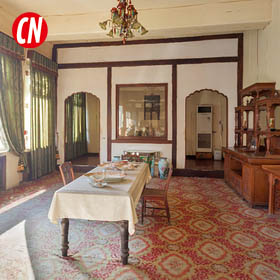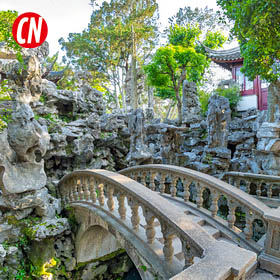Fuzhou
Center of Min, the Southeastern China

Fuzhou is the capital of Fujian Province, also known as the “Banyan City” because of the banyan trees planted all over the city. Fuzhou has a long history and has been the political, economic and cultural hub of southeast China since ancient times, as well as the source of Min culture.
Sanfang Qixiang
Sanfang Qixiang (三坊七巷), meaning Three Lanes and Seven Alleys, is a historical and cultural district in Fuzhou, consisting of ten east-west alleys: Yijin Lane, Wenru Lane, Guanglu Lane, Yangqiao Alley, Langguan Alley, Pagoda Alley, Huangxiang Alley, Anmin Alley, Gongxiang Alley and Jibi Alley, as well as Nanhou Street, which is the north-south axis.
Sanfang Qixiang was formed from the Tang Dynasty to the Five Dynasties, a large number of historical celebrities used to live here, such as Lin Zexu, Shen Baozhen, Yan Fu, Lin Jue Min, Bing Xin and so on, thus Sanfang Qixiang is also known as the “Celebrities Gathering Place of Min”.
Fuzhou’s Three Hills and Two Pagodas
In the Five Dynasties, Wang Shenzhi, the king of Fujian, built the city of Fuzhou. He enclosed three big mountains into the city: Yu Mountain, Wu Mountain and Ping Mountain, which gave Fuzhou the nickname of “Three Mountains City”. There is a pagoda each at the foot of Yu Mountain and Wu Mountain. The Dingguang Pagoda of Yu Mountain is white, also known as “White Pagoda”, while the Chongmiao Baosheng Jianlao Pagoda of Wu Mountain is black, also known as “Black Pagoda”. The two pagodas are facing each other from east to west, having become the symbol of Fuzhou. Although there is no pagoda at Ping Shan, the Zhenhai Tower at the top of the mountain is spectacular, overlooking the whole city of Fuzhou.



























